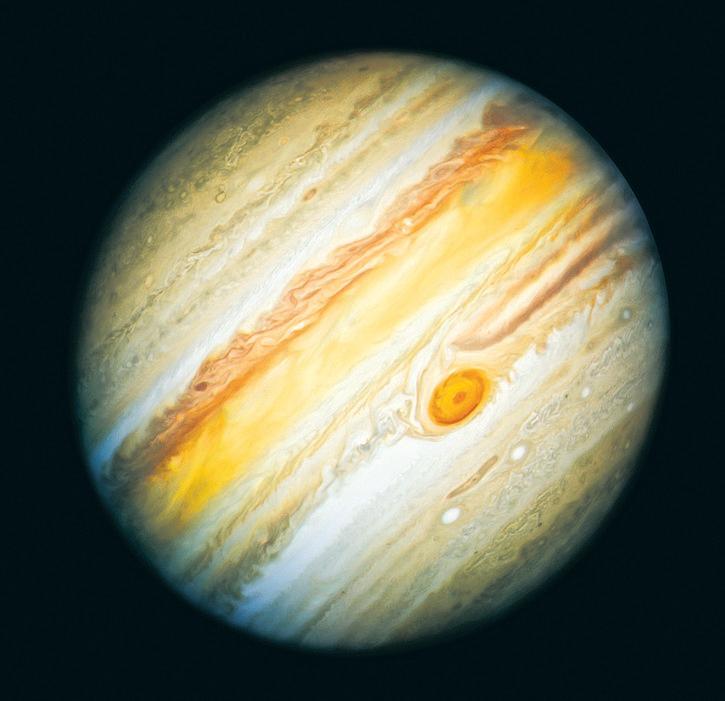Jupiter's Great Red Spot Is Newer Than We Thought

Research has revealed that the crimson-hued spot visible today is, on average, larger than the one Italian astronomer Giovanni Cassini espied for the first time in 1665 and called the
Denne historien er fra January 04, 2025-utgaven av The Wall Street Journal.
Start din 7-dagers gratis prøveperiode på Magzter GOLD for å få tilgang til tusenvis av utvalgte premiumhistorier og 9500+ magasiner og aviser.
Allerede abonnent ? Logg på

Denne historien er fra January 04, 2025-utgaven av The Wall Street Journal.
Start din 7-dagers gratis prøveperiode på Magzter GOLD for å få tilgang til tusenvis av utvalgte premiumhistorier og 9500+ magasiner og aviser.
Allerede abonnent? Logg på
